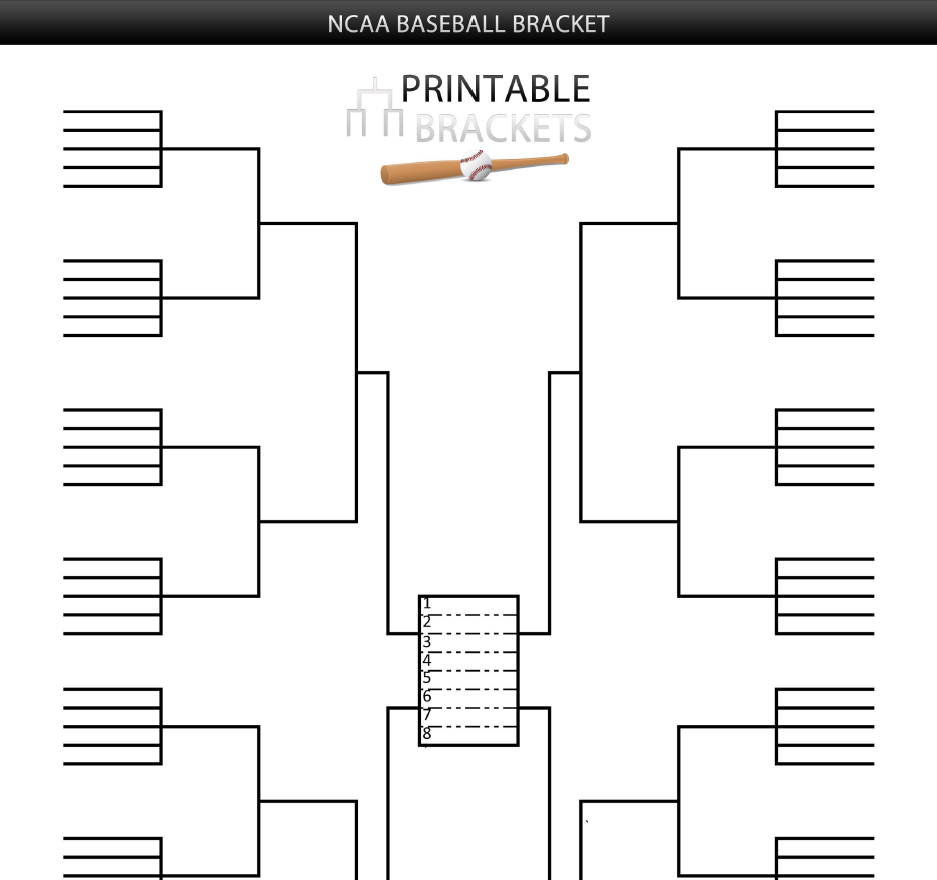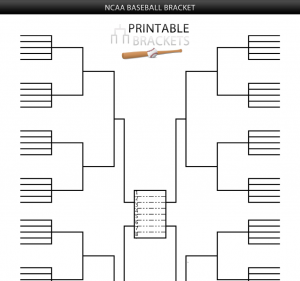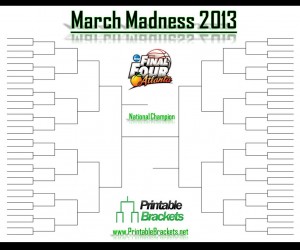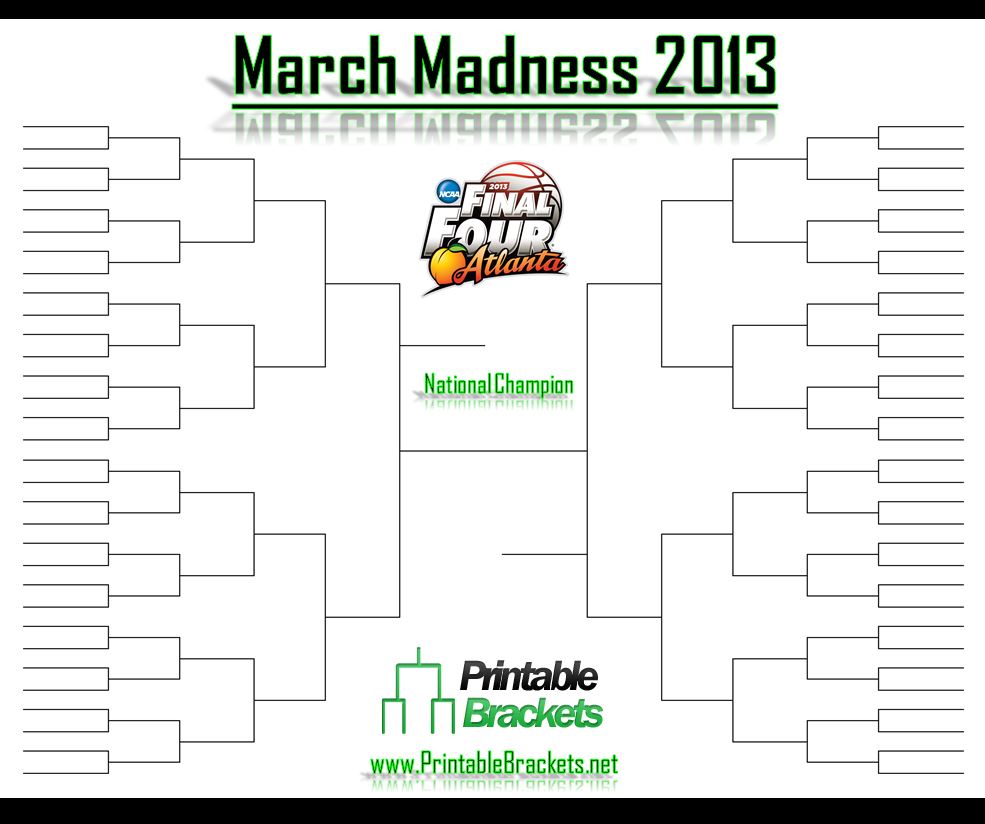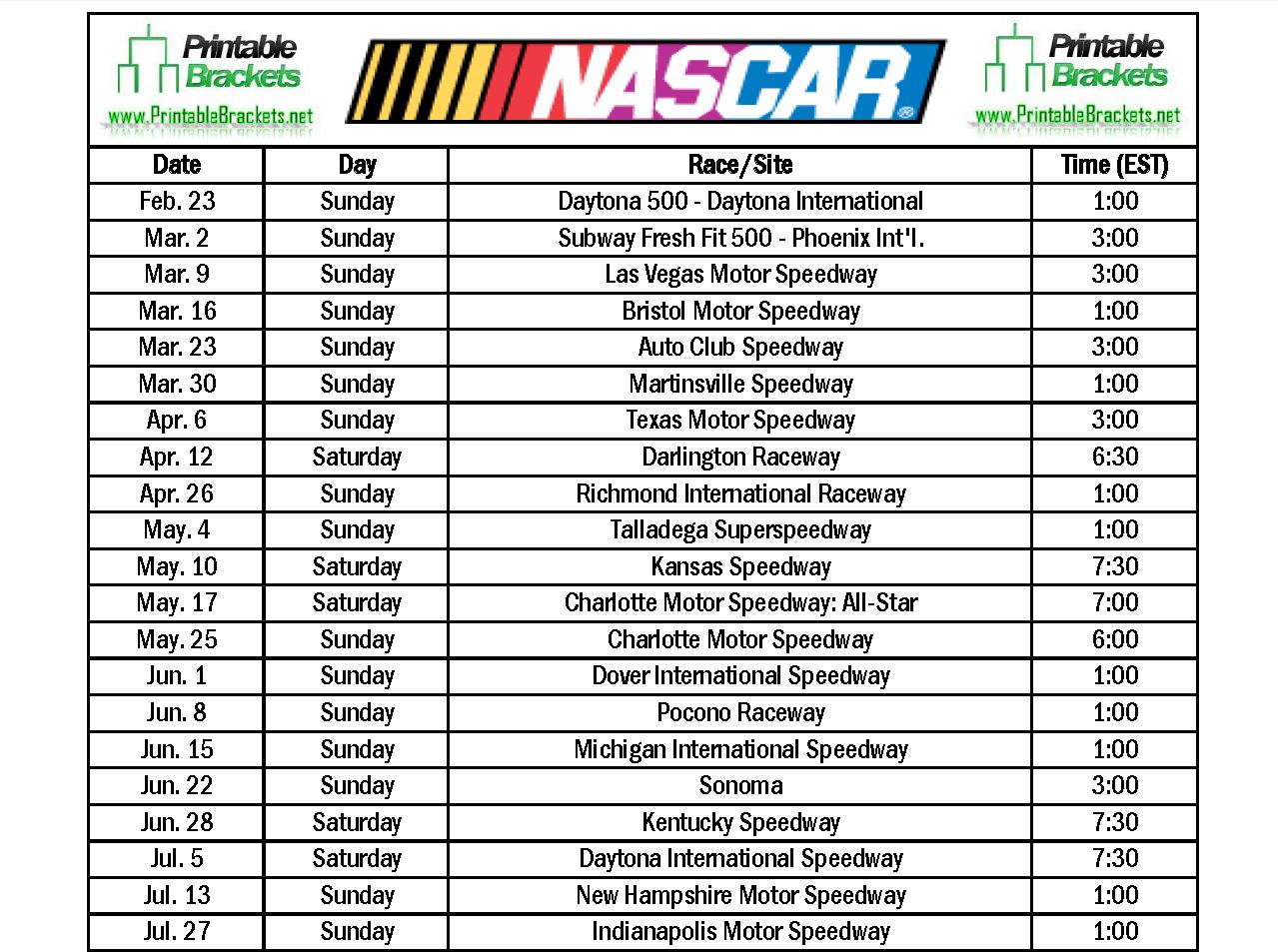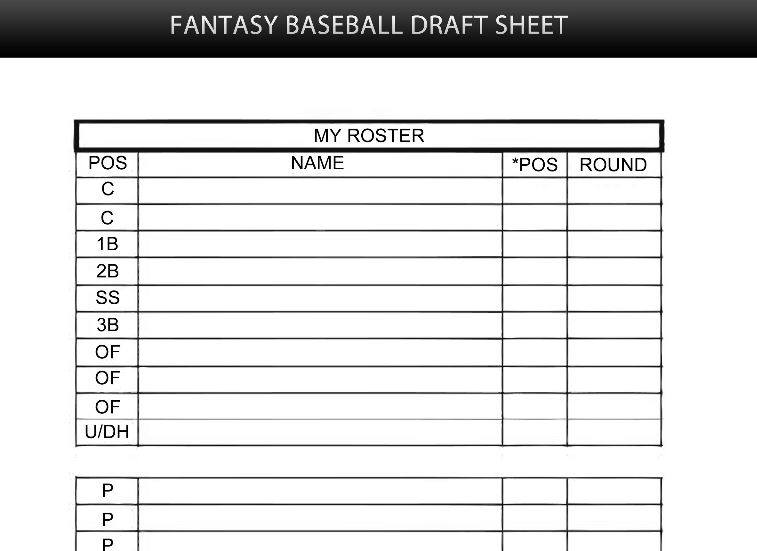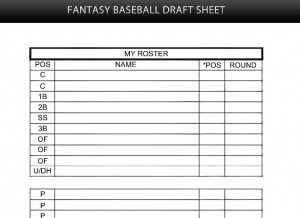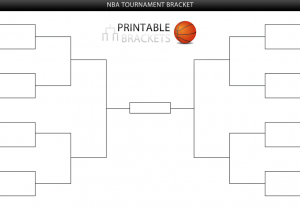 It’s not common for a college sport to be the one that is a trendsetter compared with its professional counterpart. In the sport of basketball though, college basketball frequently draws a larger gambling interest during the winter, especially thanks to March Madness. Pro basketball fans didn’t want to miss out on the fun, so during the NBA playoffs, they have created NBA Finals bracket contests. These are more similar in structure to NFL bracket contests than college basketball due to the number of teams involved.
It’s not common for a college sport to be the one that is a trendsetter compared with its professional counterpart. In the sport of basketball though, college basketball frequently draws a larger gambling interest during the winter, especially thanks to March Madness. Pro basketball fans didn’t want to miss out on the fun, so during the NBA playoffs, they have created NBA Finals bracket contests. These are more similar in structure to NFL bracket contests than college basketball due to the number of teams involved.
Entering an NBA Finals Bracket Contest
Typically when entering a NBA Finals bracket contest, you will have to pick the winners of each round of the playoffs. The Eastern and Western Conferences each have eight teams that qualify for the playoffs. This means there will be three rounds in an NBA Finals bracket contest before having to pick the NBA champion. When filling out a bracket for a NBA Finals bracket, each contestant will have to pick the winner of 15 playoff competitions. Most bracket contests require a tie breaker just in case multiple entries tie for first. Typically this is predicting how many games the championship series will last, and possibly the total points scored in the last game of the Finals.
Scoring a NBA Finals bracket contest is not nearly as complicated as some of the scoring systems used in the college equivalent of this bracket contest. Typically the winners picked in the first round are worth one point, winners in the second round worth two points, third round worth three and finals worth four. Some bracket contests will multiply those points by two or four to put a stronger emphasis on picking the winners in the last round. Whatever bracket contest that you enter for the NBA, the key is to avoid your finalists being knocked out early.
Download: nba-finals-bracket
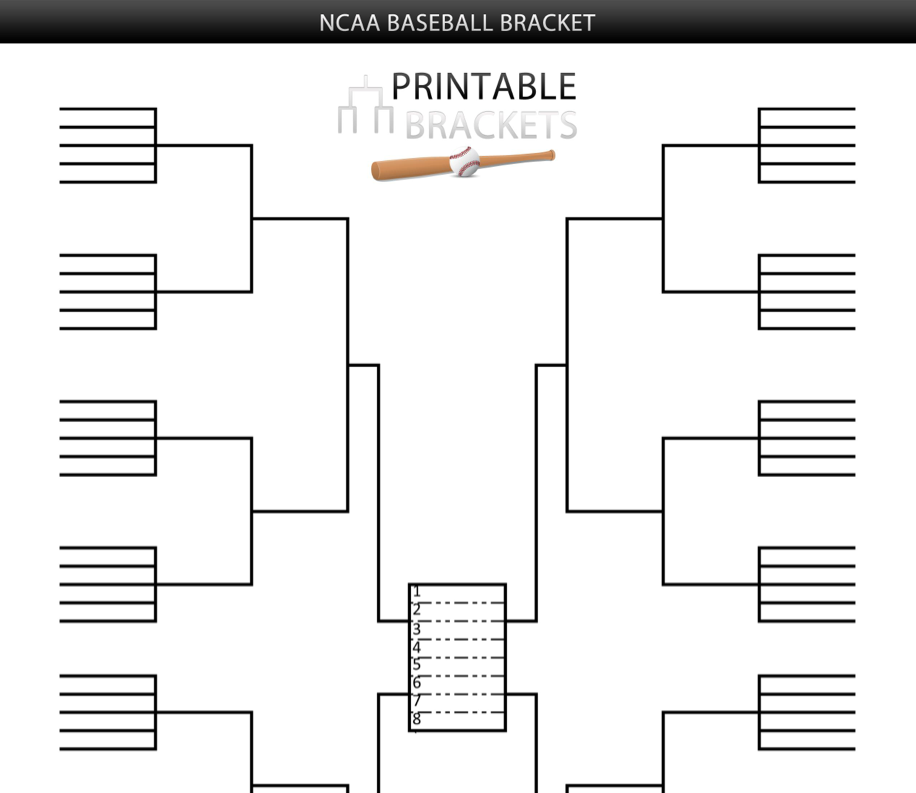
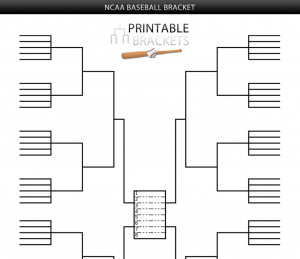 Each year the CWS determines the NCAA Division I baseball champion, but the College World Series bracket is one that has foiled many sports enthusiasts. This is likely because the College World Series bracket has just eight teams, but two double-elimination brackets. This sets it apart and can make it challenging to predict so here are some key tips.
Each year the CWS determines the NCAA Division I baseball champion, but the College World Series bracket is one that has foiled many sports enthusiasts. This is likely because the College World Series bracket has just eight teams, but two double-elimination brackets. This sets it apart and can make it challenging to predict so here are some key tips.